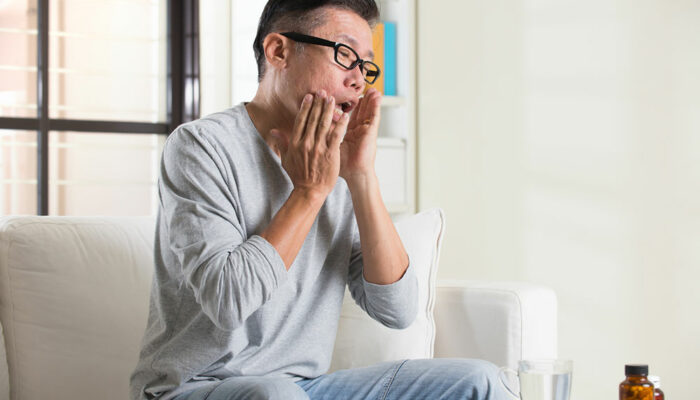
Role of Nutrition In The Treatment of Lymphoma
The lymphatic system consists of the tonsils, adenoids, spleen, and thymus. Cancer in the lymphatic system is called lymphoma. The abnormal growth of lymphocytes can affect any part of our body but these predominantly build up in the lymph nodes in our armpits, neck or groin.
There are about 60 types of lymphoma. These are categorized based on the part of the lymphatic system it occurs in. The two major types of the disease are Hodgkin’s and non-Hodgkin’s lymphoma (NHL). NHL is more common and amounts to about 30 percent of the cases. A few types of lymphoma can affect children, whereas adults can be affected by all types of the cancer.
Lymphoma and diet
Treatment
Treatment of lymphoma depends on the stage of cancer, the type of lymphoma, the age and the overall health of the patient. The common treatment method is medication, chemotherapy, radiation therapy, immunotherapy, surgery, bone marrow stimulation or blood transfusion. Aside from this, ensuring a steady intake of foods that help manage lymphoma and making the required lifestyle changes also help treat the condition.
Side-effects
All these treatments have side-effects ranging from fever, nausea, loss of appetite, diarrhea, constipation, infection, and fatigue. Mouth ulcers, change of tastes and loss of appetite are other side-effects that can be faced. Some individuals may even have severe side-effects like anemia, thrombocytopenia (low platelets), neutropenia (low white blood cells), peripheral neuropathy (nerve damage), and late fertility.
The relation between nutrition and treatment
One can cope with the treatment of lymphoma and its side-effects if they can maintain the required nutrition levels as prescribed by the doctors. During and after treatment, the nutritional requirements increase to balance and overcome the many short-term side-effects. One will also go through the loss of appetite and have bouts of diarrhea and constipation, making it difficult for them to want to eat. This makes it important to choose the right meals and snacks so food is not avoided. As the patient’s health improves, the impact of the side-effects will also reduce and they can gradually increase the intake and frequency of meals. Until then, they can eat smaller meals and more fluids to supply the required protein and calories. It is advisable to consult a nutritionist to know of foods that help manage lymphoma.
Dietary tips during treatment
- Eat smaller meals.
- Maintain a healthy weight limit.
- If mouth sores prevent the consumption of solids, supplement the diet with fruit juice and protein shakes.
- Choose food that is easy to chew and can cook faster.
- Choose foods that help manage lymphoma by including healthy fats in the form of nuts and avocados.
- Keep healthy snacks handy so that you do not starve for long hours.
- If you have no appetite for more than two days or so, visit the doctor so medication can be prescribed to boost your appetite if required.
- You can do light exercises to build up an appetite.
- Taste changes and food cravings are the other side-effects of cancer treatment. Be open to trying new food and start with small portions. If you like the new taste and there is no reaction, you can increase the portions and frequency gradually.
- Keep yourself hydrated by drinking water and other fluids regularly.
- As soon as you gain the strength to walk, be physically active. Either go for short walks or do mild stretches, so as to not exert the body a lot. YOu can gradually increase the time and intensity of the exercises.



